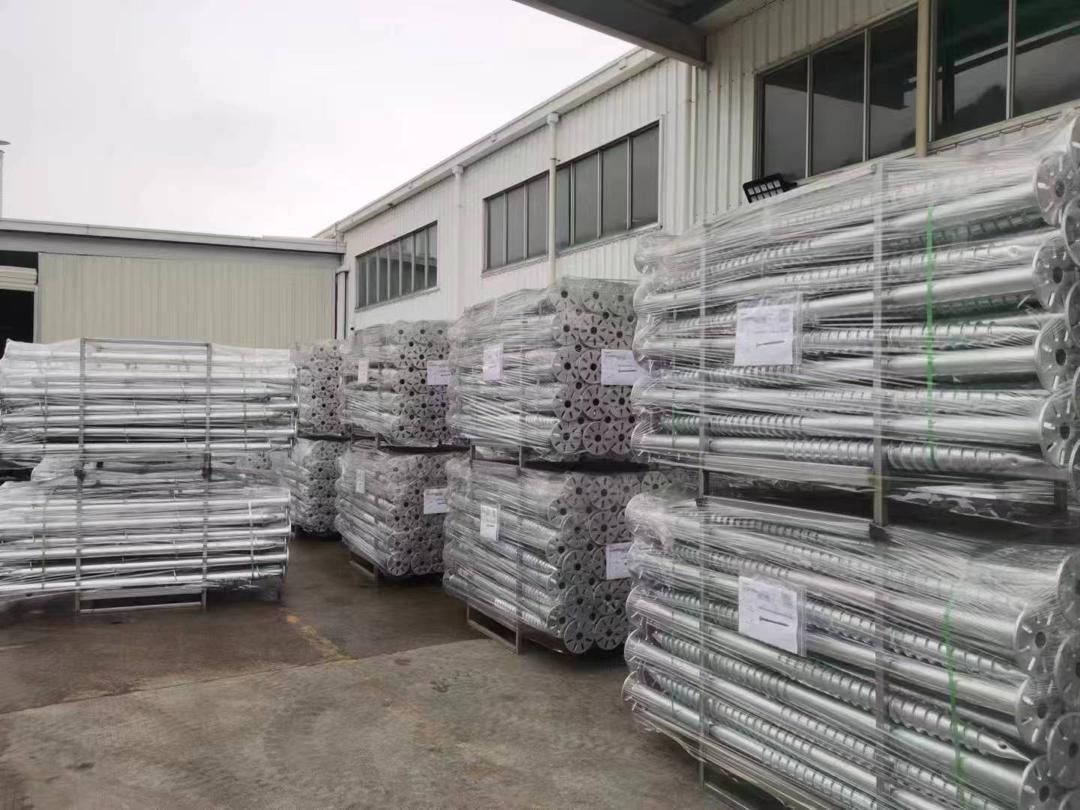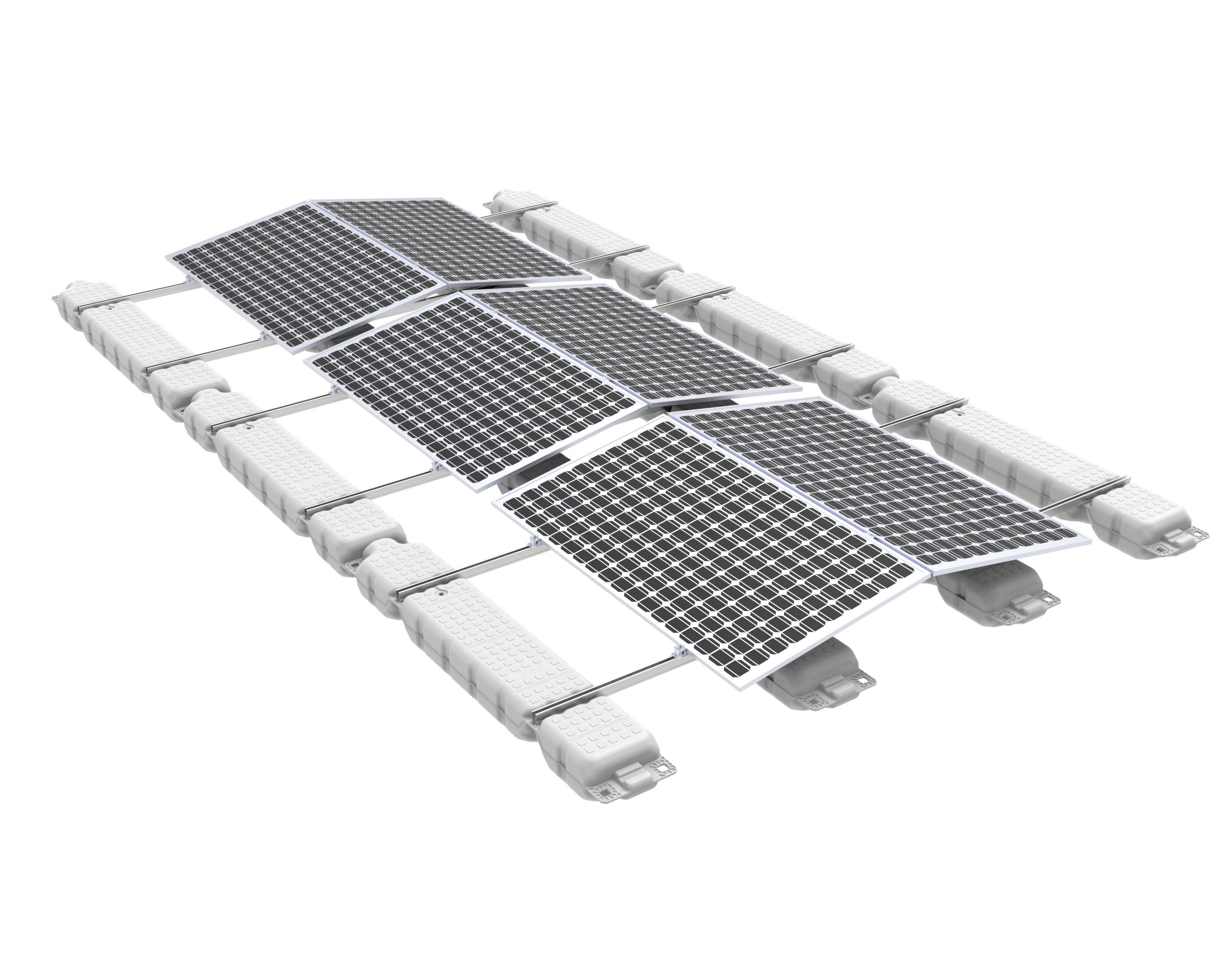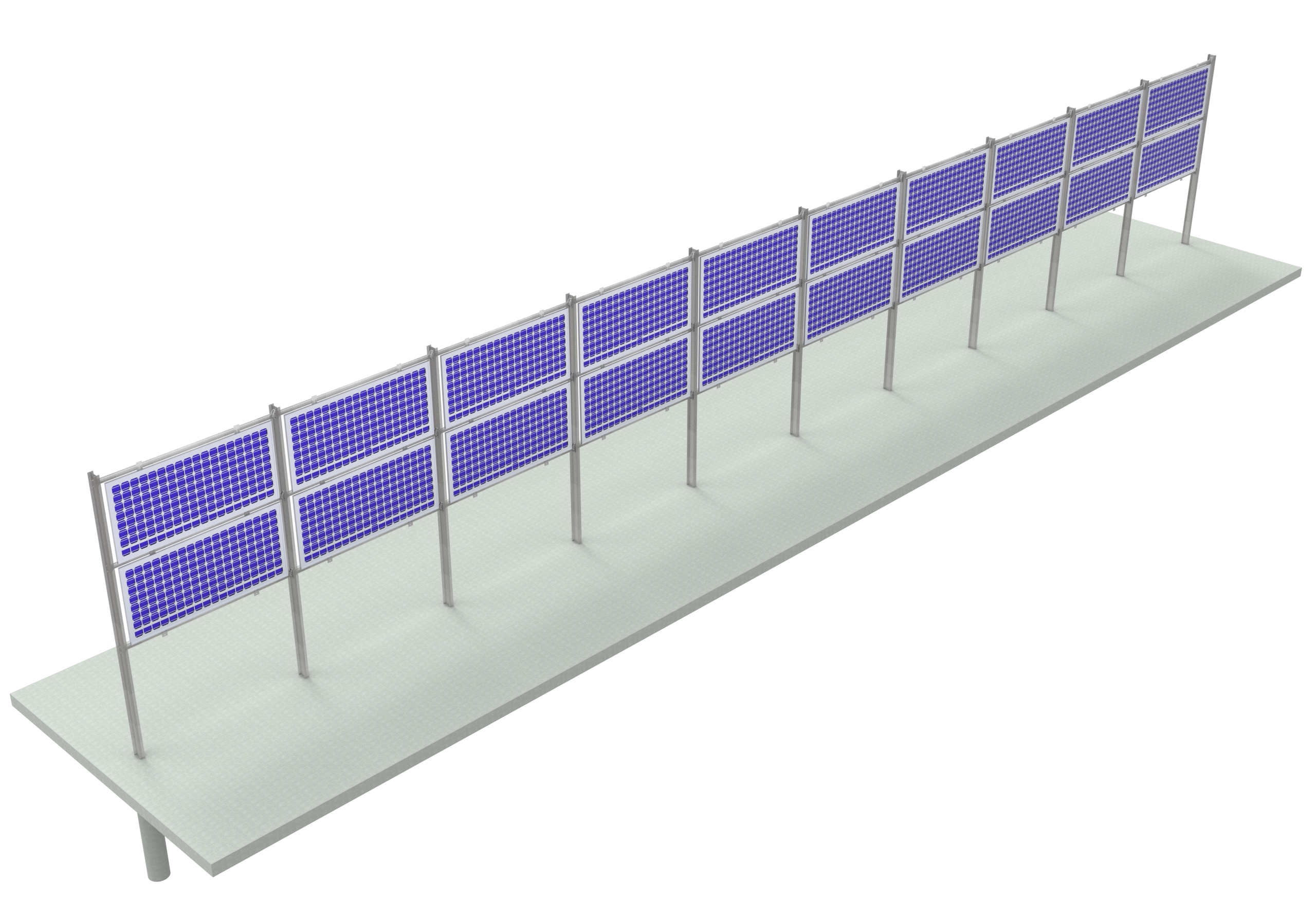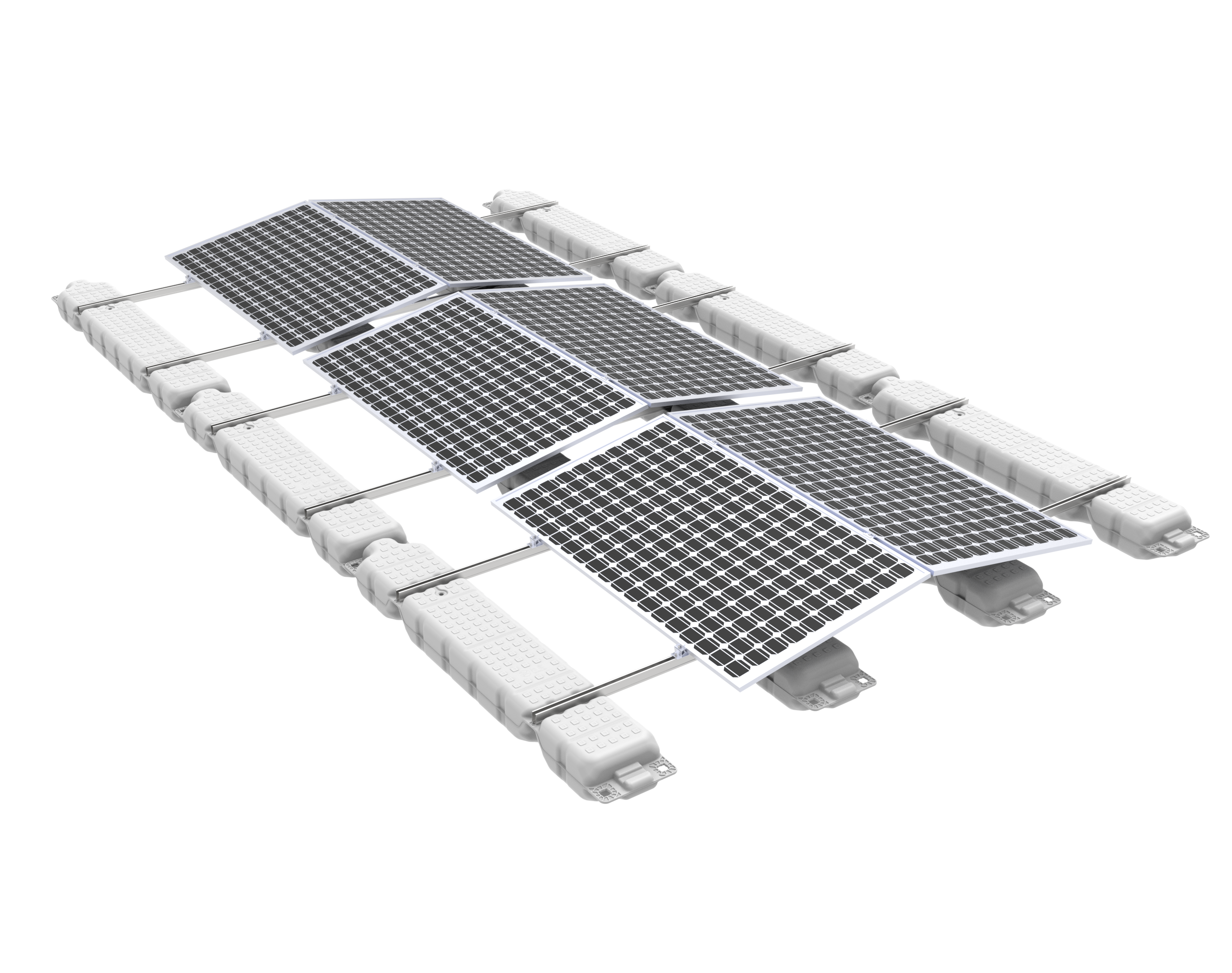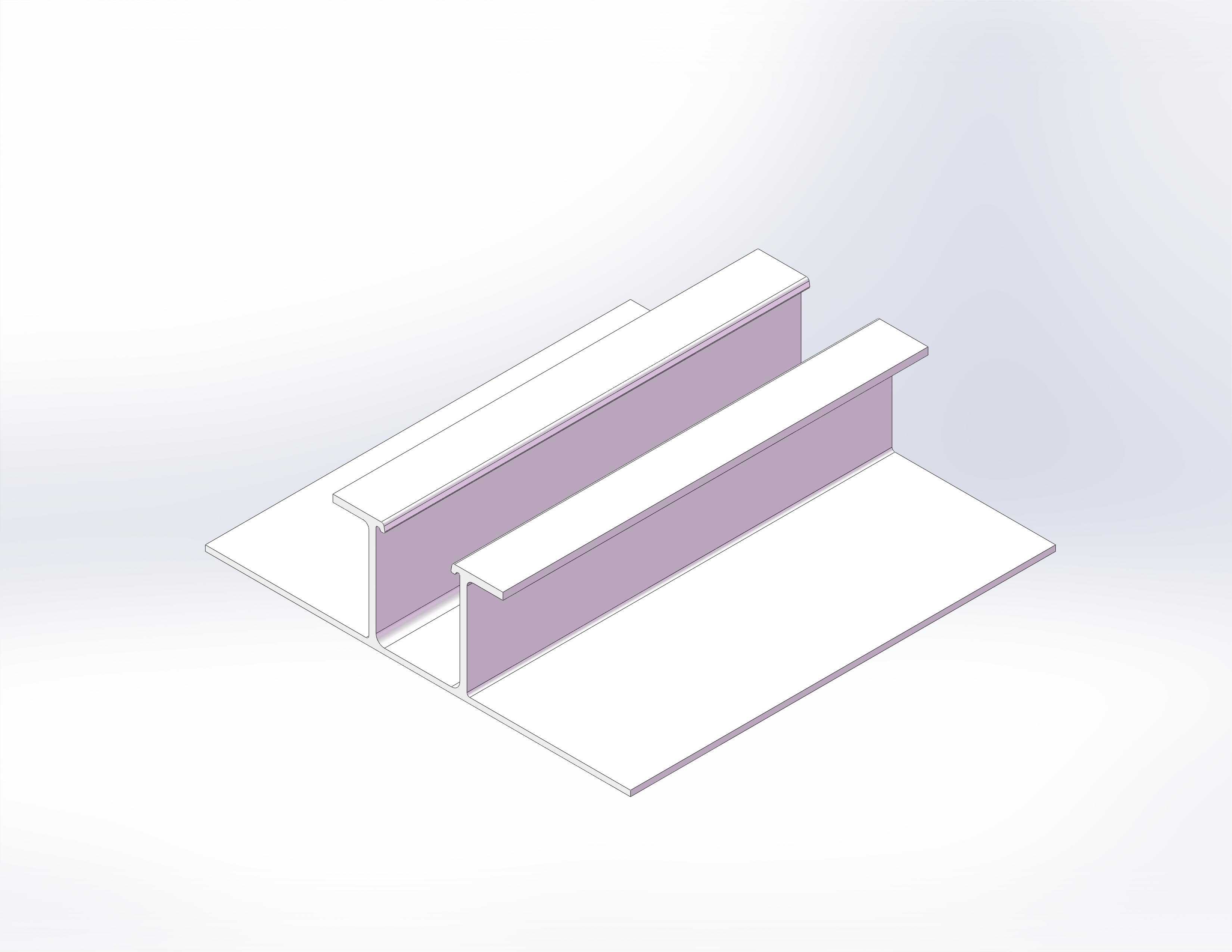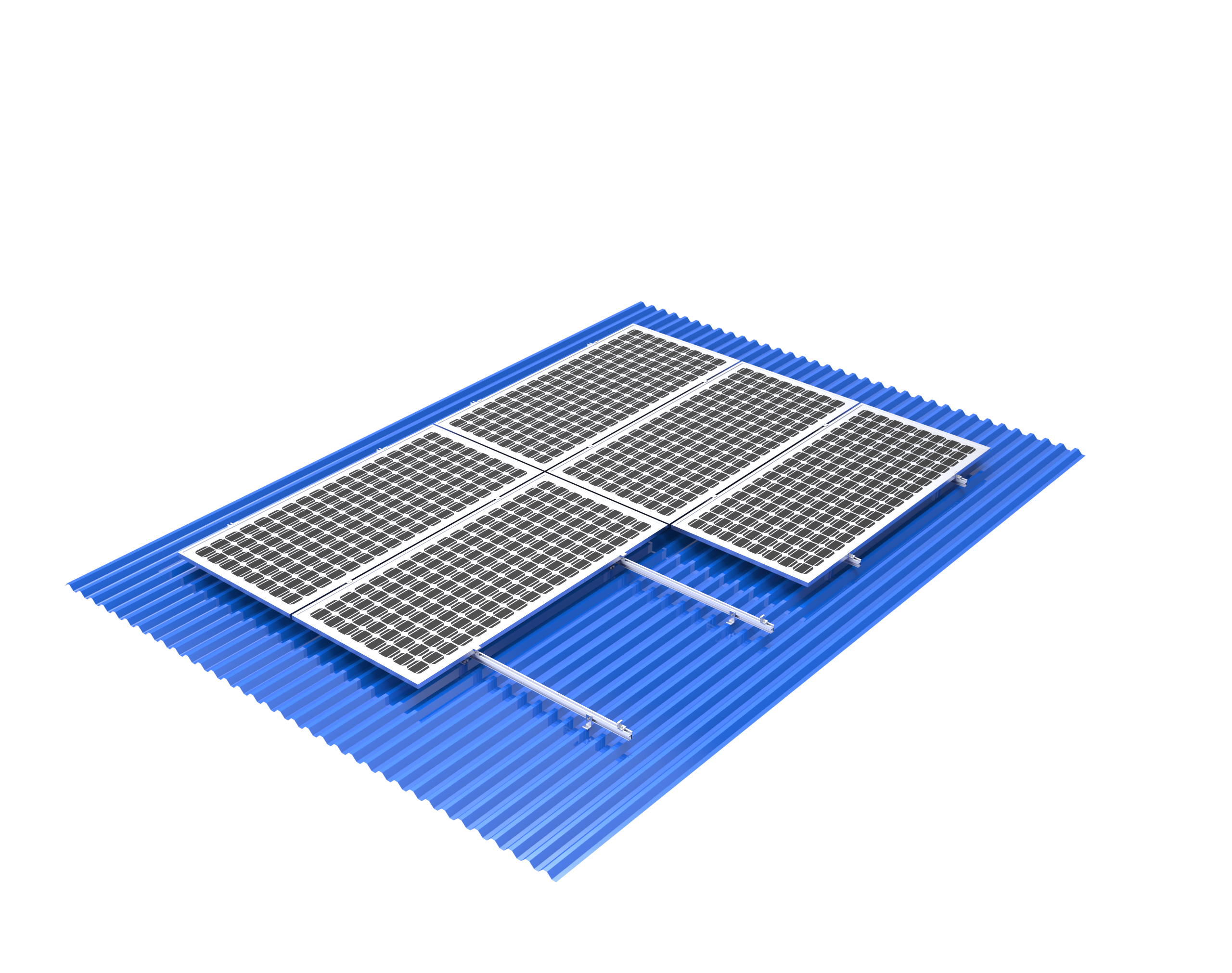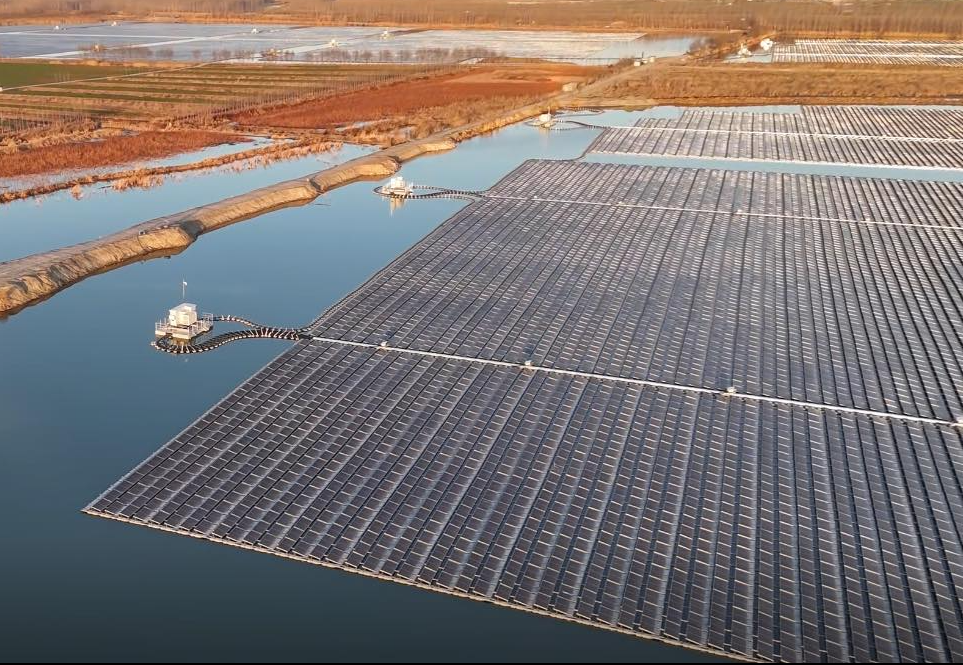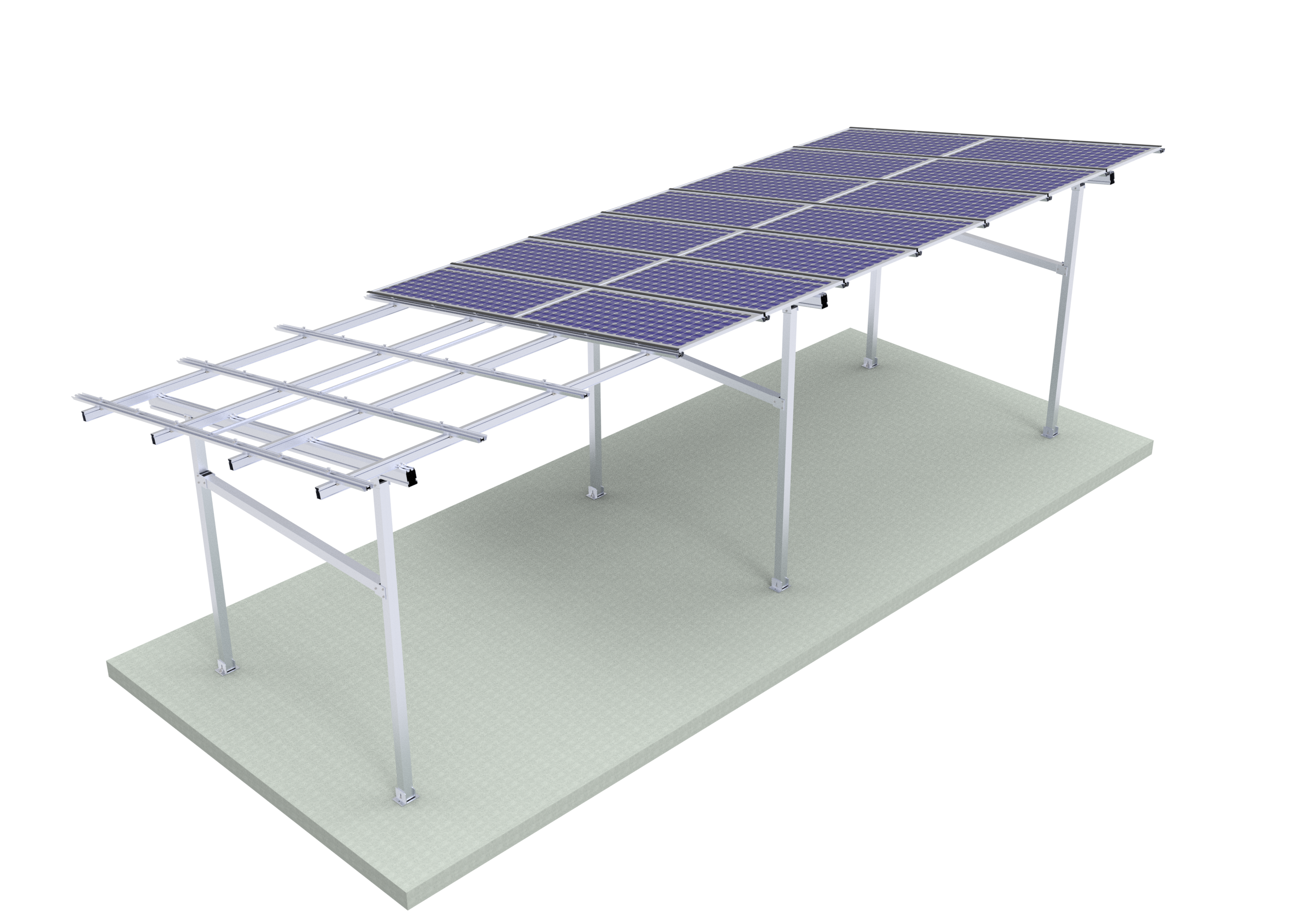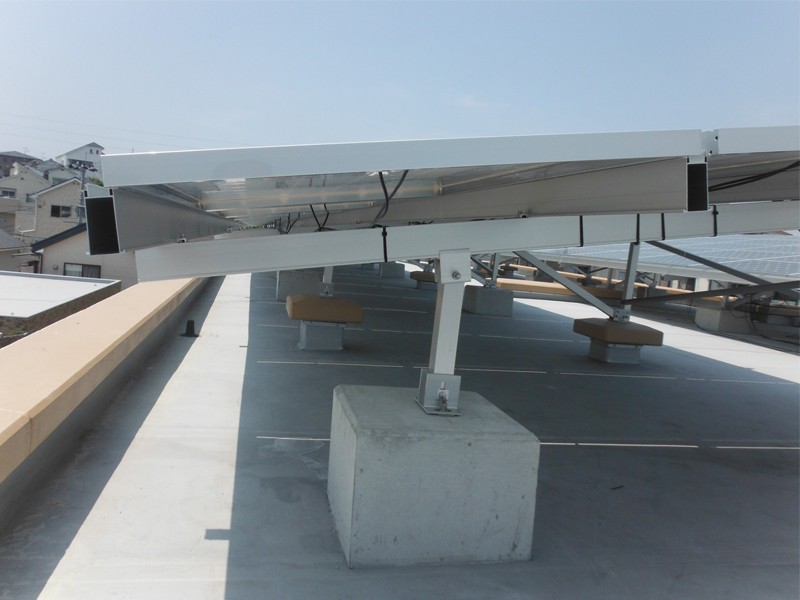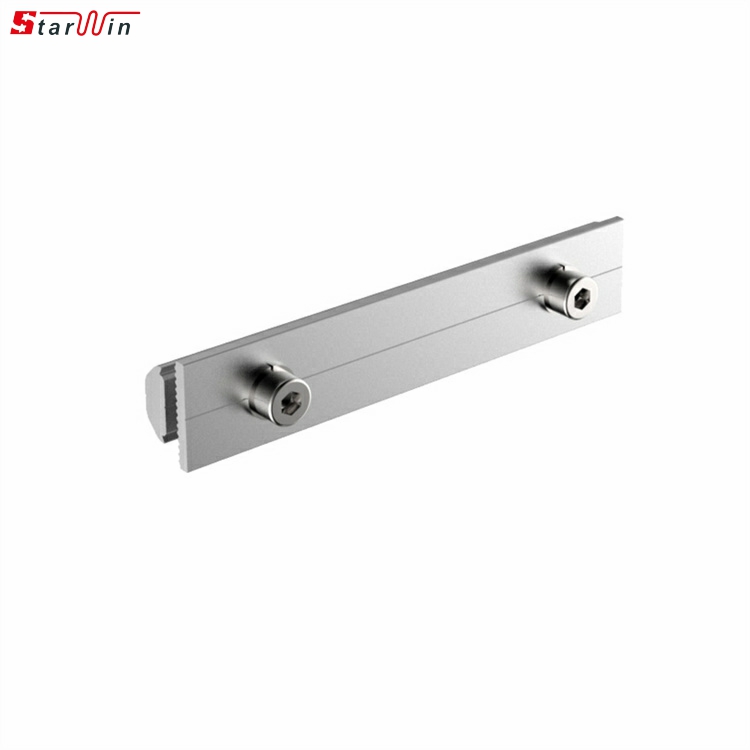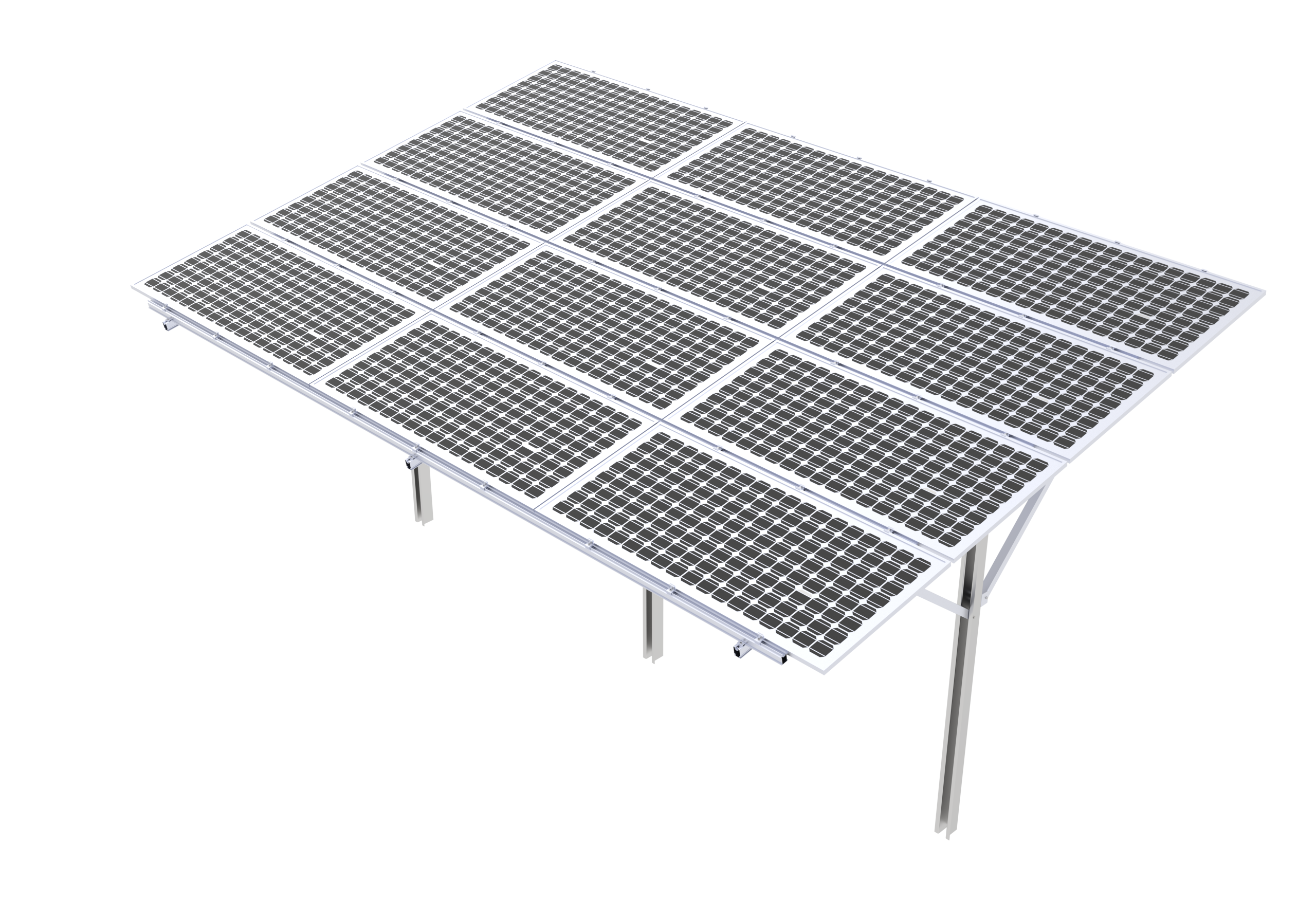The Ultimate Guide to Solar Ground Screws: Installation, Benefits, and Best Practices
Introduction
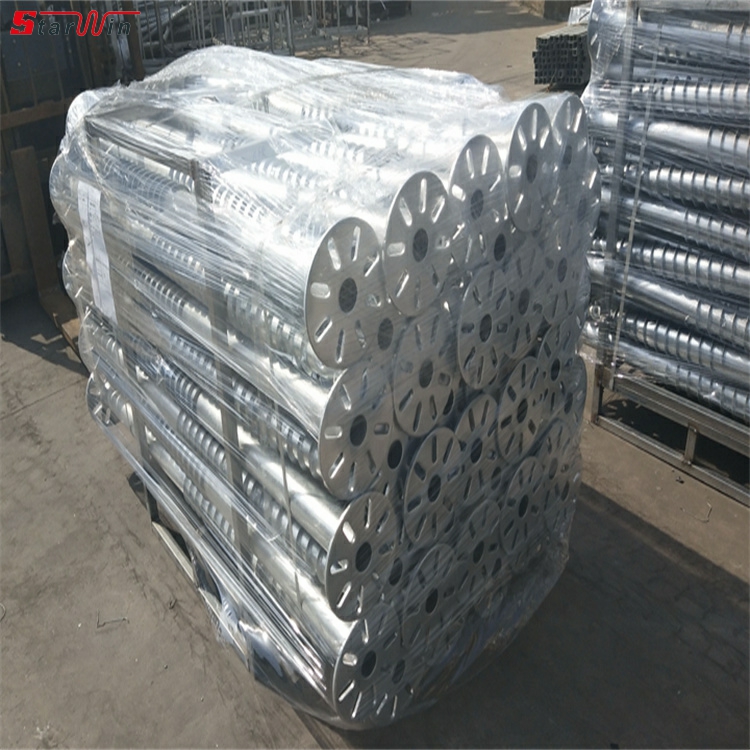
As solar energy continues to reshape the global power landscape, the demand for durable, efficient, and cost-effective mounting systems is on the rise. One of the most reliable solutions for ground-mounted solar installations is solar ground screws for solar mounting. These versatile foundations provide exceptional stability and are suitable for various soil conditions, making them an increasingly popular choice for residential, commercial, and industrial solar projects.
In this article, we’ll walk you through everything you need to know about solar ground screws—from their benefits and applications to installation tips and maintenance best practices. If you're planning a project or just exploring your options, this guide will provide clear guide words and practical insights to help you make informed decisions of ground screws for solar mounting
For a wide range of premium solar ground screw products, check out our solar ground screws page for more details.
ground screws for solar mounting usually dig into soil.
What Are Solar Ground Screws?
Definition and Function
Solar ground screws are steel anchoring systems designed to secure ground-mounted solar arrays. They replace traditional concrete foundations, offering faster installation and reduced environmental impact. Typically made from galvanized steel, these screws are driven directly into the ground, creating a robust foundation capable of withstanding various environmental stressors such as wind and frost.
They work by transferring the structural load of the solar panels into the subsoil, ensuring stability over long periods. Because of their helical design, they can be installed with minimal disruption to the landscape and are ideal for sloped or uneven terrains.
Advantages Over Traditional Concrete Foundations
Unlike concrete foundations that require excavation, curing time, and heavy machinery, ground screws are installed with minimal labor and equipment. This results in faster deployment and lower overall project costs. Additionally, they are removable and reusable, offering greater flexibility in temporary installations or future site upgrades.
Their low-impact nature also makes them an eco-friendly option, avoiding the carbon footprint associated with cement production. Plus, they maintain soil permeability, which is crucial for agricultural and rural installations.
Applications of Solar Ground Screws
Residential Solar Systems
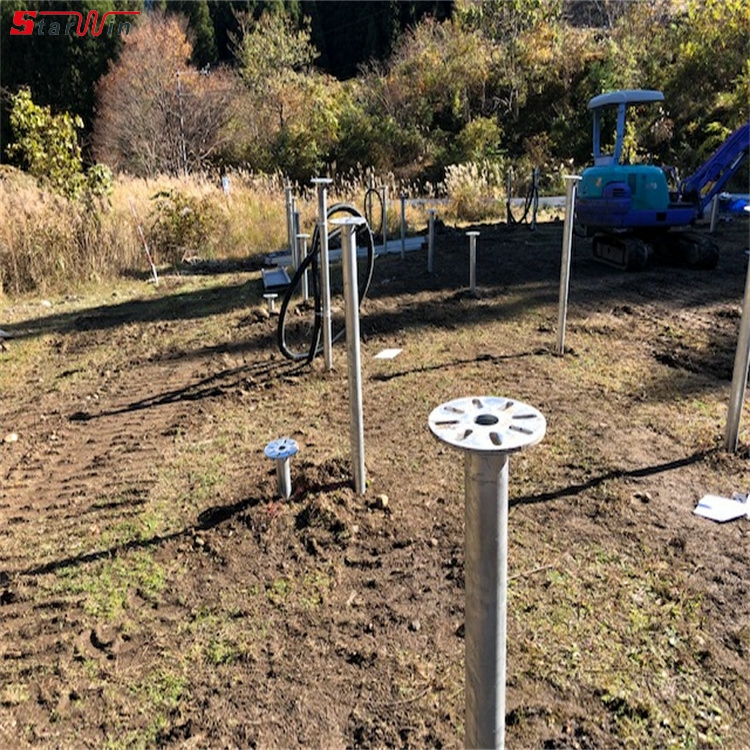
For homeowners looking to install solar arrays in their backyard or on open land, ground screws offer a reliable and aesthetic solution. These systems accommodate single-pole or multi-pole structures and are quick to install with minimal site disruption.
They are especially advantageous in residential areas where soil conditions vary. Ground screws can adapt to sandy, loamy, or even rocky soil without compromising on stability, making them ideal for off-grid or hybrid solar systems.
Commercial and Industrial Projects
Larger solar farms and commercial properties benefit significantly from the scalability of ground screw foundations. Their ability to support high-capacity arrays across wide areas makes them indispensable for large-scale renewable energy projects.
Commercial developers appreciate the time-saving aspect of screw-based foundations, enabling them to stay on tight schedules while keeping costs in check. The screws can also be customized in length and diameter to meet specific engineering requirements, offering maximum design flexibility.
Installation Process of Solar Ground Screws
Site Assessment and Planning
Before installation begins, a thorough site assessment is essential. This includes analyzing soil type, terrain slope, water drainage, and load-bearing capacity. Engineers typically conduct geotechnical surveys to determine the most appropriate screw dimensions and layout for the site.
Proper planning helps identify potential challenges early and ensures compliance with local regulations and structural codes. Accurate site assessment also optimizes array placement for maximum sunlight exposure.
Installation Steps
The installation process is straightforward but must be carried out with precision. It typically involves:
Marking the installation points based on array design.
Driving the screws into the ground using hydraulic or electric screw-driving equipment.
Aligning and securing the mounting brackets to the screws.
Attaching the racking system and finally installing the solar panels.
Depending on the size of the project and ground conditions, installation can be completed in a matter of days, significantly faster than traditional foundation methods.
Maintenance and Durability
Long-Term Performance
One of the most appealing aspects of solar ground screws is their long-term reliability. Manufactured from galvanized or stainless steel, they resist corrosion and maintain structural integrity for decades, even in harsh environments.
Regular inspections—usually once or twice a year—can help ensure the system remains secure. These checks involve assessing for rust, soil erosion around the base, and any misalignments caused by shifting terrain.
Environmental Resistance
Ground screws are built to withstand extreme weather conditions, including high winds, heavy snow, and seismic activity. Their deep anchoring capacity makes them less prone to shifting or uprooting, even in saturated or freeze-thaw environments.
Additionally, since they don’t require concrete, they maintain their strength and stability without degrading over time due to water exposure. This makes them especially valuable in flood-prone or moisture-rich regions.
Conclusion
Whether you're planning a backyard solar array or developing a commercial-scale solar farm, solar ground screws offer a fast, flexible, and environmentally responsible foundation solution. Their ease of installation, adaptability across soil types, and long-term performance make them a superior alternative to traditional mounting systems.
For an in-depth look at available products and to find the best fit for your project, visit our solar ground screws product page. And if you're looking for a practical resource to help plan your installation, this guide and its clear guide words are your first step to solar success.
